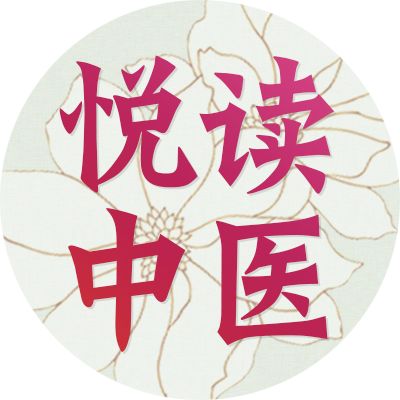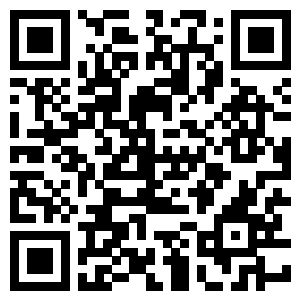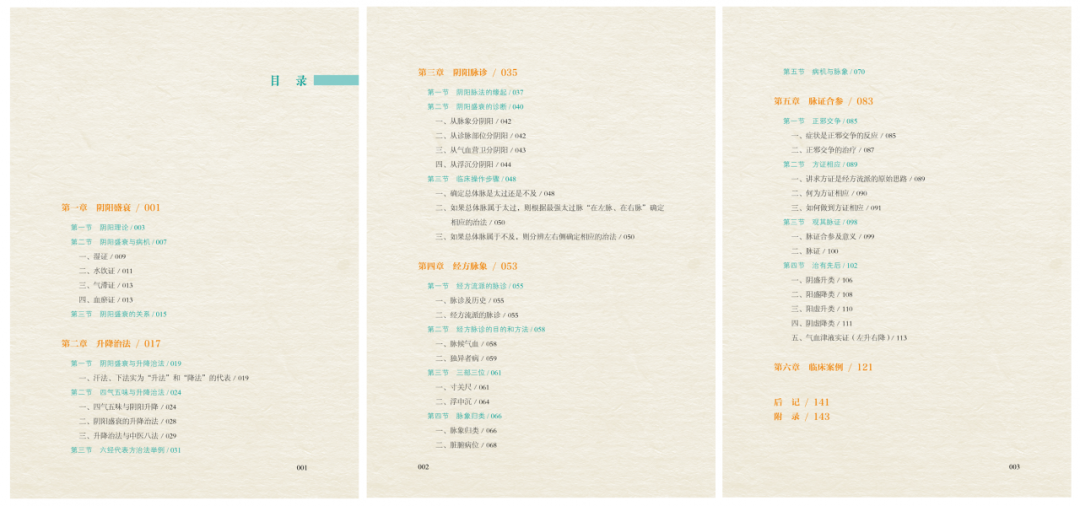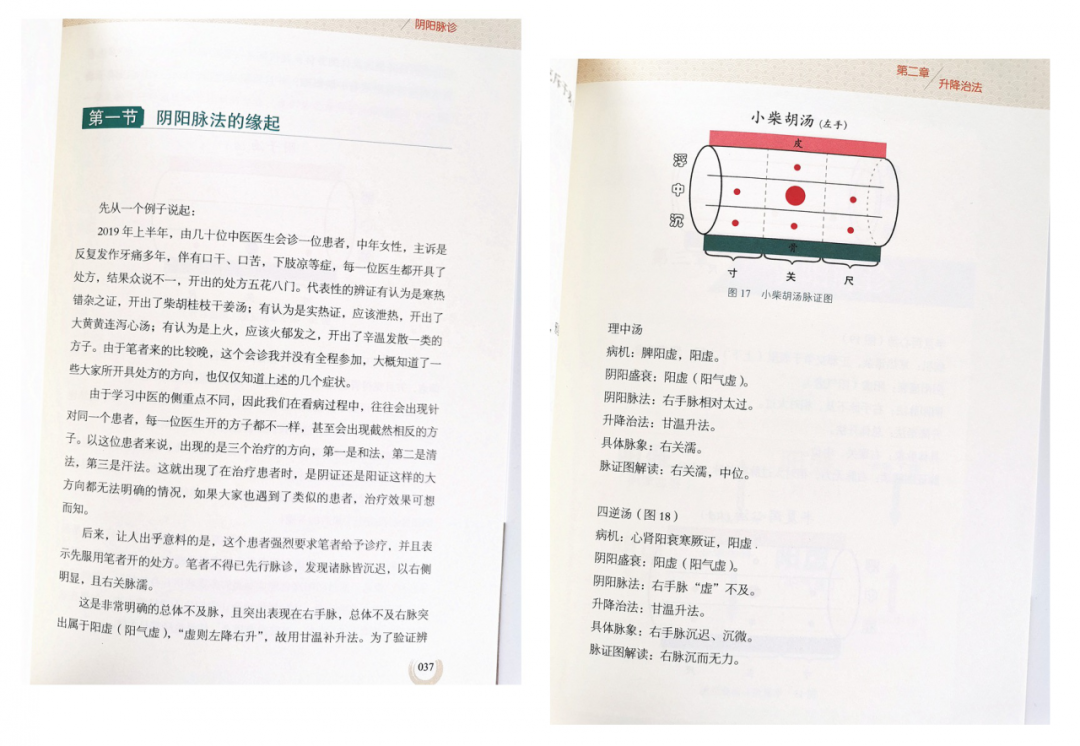 Daily TCM Insights at 11:30 AM
Daily TCM Insights at 11:30 AM
Authoritative knowledge in Traditional Chinese Medicine
If you like it, please star it for me
Editor’s Introduction
In the “Shang Han Lun” and “Jin Gui Yao Lue”, the medical sage Zhang Zhongjing recorded various pulse patterns in detail, along with their corresponding pathophysiology and clinical manifestations. Understanding these relationships greatly aids our study of Zhongjing’s medical treatment system and clinical thinking. Today, we will return to the classic texts and learn about the clinical pulse diagnosis points of five deficiency syndromes.
Deficiency Cold Syndrome (Xu Han Zheng)
Slow, Deep, Weak
Characteristics:Weak pulse.
Source:
“Shang Han Lun, Ping Mai Fa”: “The pulse at the cun (inch) position is weak and slow; a weak pulse indicates a deficiency of defensive qi, while a slow pulse indicates cold in the nutritive qi.”
“Shang Han Lun”, Section 92: “In cases of fever and headache, if the pulse is deep and slow, and there is no deviation, with body aches, one should rescue the interior. Use the Si Ni San formula.”
“Mai Jing, Distinguishing the Three Sections and Nine Pulse Patterns”: “Weak indicates insufficient Yang Qi.”
Note:
Deficiency cold syndrome is contrasted with excess heat syndrome; a slow pulse is opposed to a rapid pulse. The “Mai Jing” states: “A slow pulse has three beats per breath, with a very slow arrival and departure.” The main implication of a slow pulse is its sluggishness, which is due to weak pulsation. The term ‘weak’ recorded in the “Mai Jing” also refers to weak pulsation.
Deficiency cold syndrome corresponds to Yang deficiency syndrome; insufficient Yang leads to insufficient kinetic energy in the body, resulting in weak pulsation. Although the classics describe a deep pulse for deficiency cold syndrome, it must also exhibit the characteristic of weak pulsation. Therefore, the overall pulse characteristic of deficiency cold syndrome is weak pulsation. A deep pulse with deficiency cold syndrome is not easily felt clinically; it can only be sensed when pressing to the deep level.
Zhongjing’s texts also describe a floating pulse for deficiency cold syndrome, which is a clinical manifestation where Yang deficiency is more pronounced, leading to a floating pulse. This floating pulse is still a type of weak pulse, characterized by weak pulsation.
 Qi Deficiency Syndrome (Qi Xu Zheng)
Qi Deficiency Syndrome (Qi Xu Zheng)
Weak, Fine
Characteristics:Weak pulse.
Source:
“Shang Han Lun, Ping Mai Fa”: “The pulse at the Fu Yang position is weak and tight; tight indicates cold, weak indicates deficiency, and weak and tight together indicate shortness of breath.”
“Jin Gui Yao Lue, Blood Bi and Deficiency Labor Disease Pulse Patterns and Treatment”: “For a healthy man, a large pulse indicates labor; extreme deficiency also indicates labor.”
Note:
The main characteristic of Qi deficiency syndrome is the deficiency of Qi, which leads to weak circulation of Qi and blood. From the perspective of the pulse, this is felt as weak pulsation.
There is no essential difference in pulse characteristics between Qi deficiency syndrome and deficiency cold syndrome; Qi deficiency syndrome can also present as a floating pulse, which may feel relatively prominent, but its fundamental characteristic remains weak pulsation.
The “Mai Jing” states: “A weak pulse is slow, large, and soft; pressing it reveals insufficiency, and it feels empty.” “A fine pulse is extremely thin and soft, sometimes almost absent, as if it is there and not there.” The weak pulse particularly emphasizes “slow”, indicating a slow and weak pulse, while the fine pulse actually encompasses both thinness and weakness; the key feature of Qi deficiency syndrome is to grasp the weakness.
Revealing Zhongjing’s Yin-Yang Pulse Diagnosis Method—— Yin Deficiency Syndrome (Yin Xu Zheng)
Yin Deficiency Syndrome (Yin Xu Zheng)
Fine, Rapid
Characteristics:The pulse is fine, often accompanied by a relatively excessive pulse at the cun or floating position.
Source:
“Jin Gui Yao Lue, Bai He Hu Huo Yin Yang Poison”: “For those with Bai He disease… their pulse is weak and rapid…”
“Jin Gui Yao Lue, Wind Stroke and Joint Pain Pulse Patterns and Treatment”: “For those with manic symptoms, speaking incessantly, without cold or heat, their pulse is floating.”
Note:
Yin deficiency syndrome is also known as deficiency heat syndrome. Yin deficiency includes blood deficiency and fluid deficiency; it is emphasized separately to highlight the symptoms and pulse diagnosis manifestations of deficiency heat on the basis of blood and fluid deficiency.
The Yin in the pulse represents substance, while Yang represents energy. When the substance in the pulse is low, it manifests as a fine and deep pulse.
Zhongjing’s texts do not provide a clear description of the pulse for Yin deficiency syndrome. Bai He Di Huang Tang is a representative formula for Yin deficiency syndrome, and the original text describes the pulse for Bai He disease as weak and rapid, primarily expressing the characteristics of a fine and rapid pulse for Yin deficiency syndrome. The use of Di Huang in Bai He Di Huang Tang is specifically aimed at Yin deficiency syndrome, where the floating pulse often has a relatively excessive pulse at the cun position, representing the pathophysiology of Yin deficiency.

Fluid Deficiency Syndrome (Jin Ye Xu Zheng)
Fine, Deep
Characteristics:Fine and deep pulse.
Source:
“Shang Han Lun”, Section 286: “In Shao Yin disease, the pulse is weak; sweating is not allowed, as it causes loss of Yang. If Yang is already deficient, a weak and rough pulse at the chi position should not be purged.”
“Shang Han Lun”, Section 62: “After sweating, if there is body pain and the pulse is deep and slow, use Gui Zhi Jia Shao Yao Sheng Jiang, each one liang, and Ren Shen three liang to treat it.”
Note:
Fluid deficiency in the body is also reflected in the pulse as fine and deep. Section 286 emphasizes not to induce sweating to avoid further damaging fluids; the term ‘weak’ here primarily expresses a fine pulse. Section 62 describes a deep pulse indicating fluid deficiency after sweating, specifically a deep and fine pulse.
Clinically, when encountering patients after excessive sweating or vomiting, due to rapid loss of fluids, fluid deficiency syndrome is likely to occur. Understanding the pulse characteristics of Yin deficiency syndrome is beneficial for diagnosis.
Creationof the “Pathophysiology and Pulse Pattern Diagram” to Guide Clinical Practice of Classical Formulas—— Blood Deficiency Syndrome (Xue Xu Zheng)
Blood Deficiency Syndrome (Xue Xu Zheng)
Fine
Characteristics:Fine pulse.
Source:
“Shang Han Lun”, Section 351: “Cold in the hands and feet, with a fine pulse that is about to disappear, should be treated with Dang Gui Si Ni Tang.”
Note:
Dang Gui Si Ni Tang (illustration 26) is a formula that particularly emphasizes the use of Da Zao (Jujube) to nourish blood, targeting cold in the hands and feet due to blood deficiency. The pulse corresponding to blood deficiency syndrome is a fine pulse.
Similar to Yin deficiency syndrome and fluid deficiency syndrome, blood in the body represents Yin, while Qi represents Yang. When the blood in the pulse is low, the pulse naturally appears fine.
Dang Gui Si Ni Tang indicates that the pathophysiology is based on blood deficiency leading to poor blood circulation, resulting in cold in the hands and feet. Therefore, the syndrome of Dang Gui Si Ni Tang can be classified under both blood deficiency syndrome and blood stasis syndrome.
Pulse Diagnosis Practical GuideThis article is excerpted from the book “Zhongjing Yin-Yang Pulse Method”, authored by Teacher Chen Jianguo, who elaborates on various aspects such as the rise and fall of Yin and Yang, ascending and descending treatment methods, Yin-Yang pulse diagnosis, classical pulse patterns, and the integration of pulse and syndrome. Based on the original thinking of Zhongjing’s theory, it comprehensively organizes the principles, methods, formulas, and herbs of classical formulas, connecting disease, pulse, syndrome, and treatment to accurately and efficiently diagnose and treat diseases.


《Zhongjing Yin-Yang Pulse Method》
Click on the cover to enter Yuyijia TCM Academy to purchase this book
Scan to read for free
This book extracts the “Yin and Yang Rise and Fall” and “Ascending and Descending Treatment Methods” to create the “Yin-Yang Pulse Method”, innovatively proposing a pulse diagnosis method for “Yin and Yang Rise and Fall”, diagnosing Yin and Yang rise and fall with the left hand and right hand respectively, and integrating the principles, methods, formulas, and herbs of classical formulas, particularly suitable for clinical practice. The Zhongjing Yin-Yang Pulse Method system includes theories of Yin and Yang rise and fall, ascending and descending treatment methods, and Yin-Yang pulse diagnosis, covering the three main directions of TCM treatment: “pathophysiology, diagnosis, and treatment”. It should be noted that this theoretical system is entirely organized according to the thinking of TCM classics, striving not to deviate from the original intention and meaning of TCM classics.



Previous Highlights RECOMMEND
Years of experience from old TCM practitioners, psoriasis treatment with medication for early, middle, and late stages
Heart, liver, spleen, lung, and kidney can all be tonified; this herb is powerful
What does it mean if hands and feet sweat significantly?
 Copyright Statement
Copyright Statement
This article is partially excerpted from“Zhongjing Yin-Yang Pulse Method” (published by China Traditional Chinese Medicine Press, authored by Chen Jianguo), with all rights reserved by the original author. Recommended and published byYue Du Zhong Yi(WeChat ID: ydzhongyi), with cover images and illustrations sourced from Shetu Network, copyright belongs to the original author. If there is any misuse, please contact for removal. Unauthorized reproduction is prohibited!


 Click“Read Original”to immediately purchase the recommended bookGood articles must be “looked at”
Click“Read Original”to immediately purchase the recommended bookGood articles must be “looked at”

